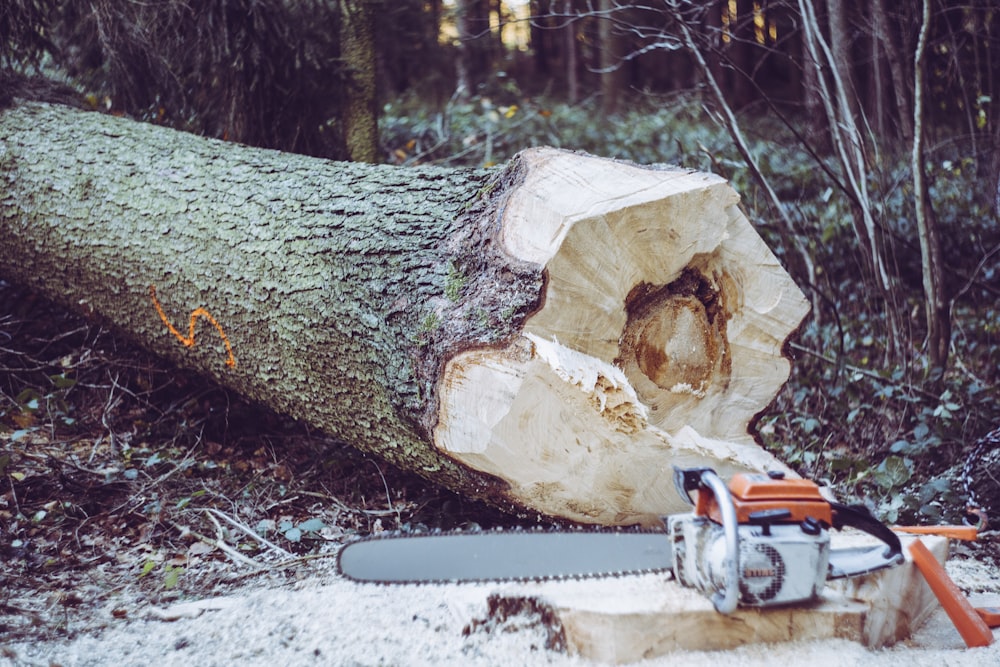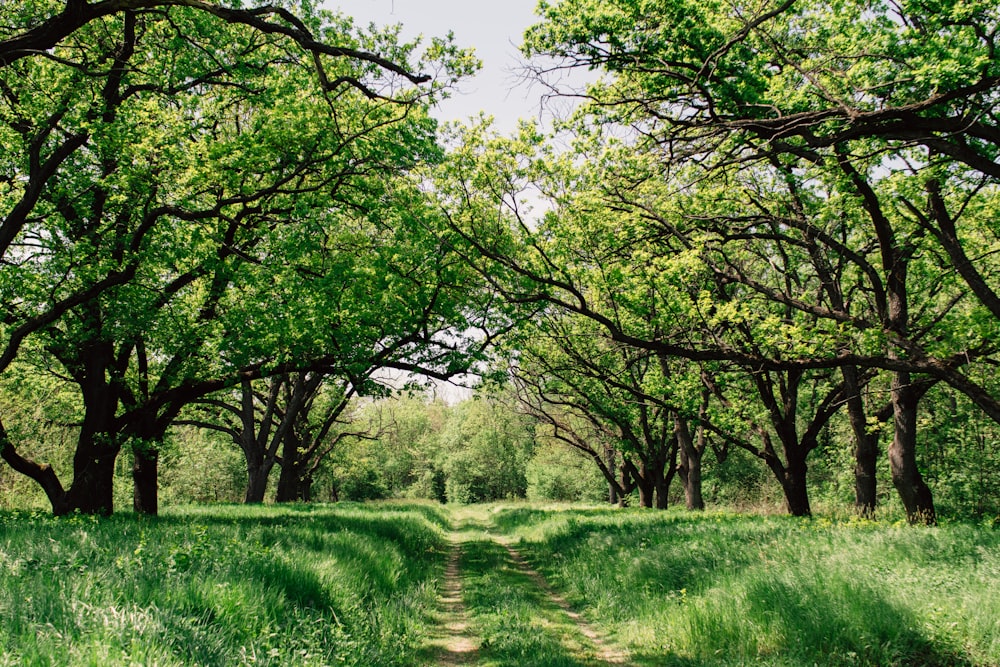Home
FORESTRY
Posted by Chester Morton / Thursday, 9 August 2018 / No comments
Six things to look forward to doing when you become a forester

THE FUNCTIONS OF A FORESTER
Introduction
The need to manage forests have become increasingly necessary
because so much of the world’s forest have been lost through human activities
such the clearing of land for agriculture, the need for pasture to feed
domesticated animals, the felling of trees for fuel wood and for industrial
use. In Nigeria, just about 7% of her original forest cover is available today. It is
feared that Ghana may lose her entire forest cover in the next 10 to 20 years
if the rate of depletion of the forest remains the way it is and nothing is
done about it.
Planted forests are becoming the mainstream today as a result
of all the gloomy scenarios that have been painted above. This is where
foresters have become essential in today’s world. A forester is simply an
individual who manages forests in a scientific and professional manner. What then are
the things foresters do?
Ecological restoration
One of the major functions of a forester is to help restore
land whose ecosystem has been damaged, degraded or completely destroyed. This is
achieved through the combination of human intervention and action. This would
necessarily involve the replanting of trees, the prevention of uncontrolled
felling of trees, preventing fire from sweeping through the forest and
preventing indiscriminate mining in forests. Some are of the view
that ecological restoration must return the degraded land to its original
status before it was destroyed but others are also of the view that once it can
be restored to a functional ecosystem to be useful to society, that should be
enough. The debate is ongoing.

Timber harvesting
Timber is needed for use in different ways and for it to reach the market; it must be harvested from the forest. It is one of the
functions of the forester to ensure that timber is harvested in a controlled manner.
Harvesting the timber simply refers to the process whereby the matured trees
are cut and removed to make way for a new crop of trees to grow. This is very much
unlike the indiscriminate felling of trees by illegal operators. Teak tree
plantations, for example, are harvested and used mainly for electricity poles
in Ghana. A forester is able to ascertain which class of trees are matured
enough to be harvested to fetch the maximum returns. His or her role is very crucial here.
Choosing sites for new trees
The way forest areas of the world are being depleted; there
have always been calls for the deforested areas of the world to be repopulated
by trees. Many individuals and countries are making the effort to replace lost
forests through the planting of new trees though these efforts have proved inadequate. The role of the forester is to help
choose the best location for the most result. Several factors determine the
choice of locations. One important factor is the nature of the soil. The nature of the land determines which type of tree can do
better there. If the land slopes, the forester must first check whether it
slopes facing the north or the south as this can determine whether the area has
dryer and warmer conditions or wet and cooler conditions. It is the duty of the forester to help
arrive at these determinations.

Development of forest management plans for forest owners
Another function of the forester is to draw a forest management
plan for land owners. The plan must include the objectives to be achieved on the
land. It must also include the specific activities that would be carried out to
achieve those laid down objectives. There
is no fix standard that the forester must follow. Some forest management plans
can be very simply and some can be very elaborate, however, it must include the
objectives for which the forest is being set up, the location of the property
and its history, the resources available for the accomplishment of the goals
set, the schedule of activities to be carried out on the land and other
miscellaneous information. It must also include recommendations from management
whether it is a limited liability entity or an individual owner.
Planning and supervising forestry projects
Foresters are needed to supervise forest projects of various kinds.
They are even involved from the planning stage, through the implementation stage
to the assessment stage where they try to find out whether the objectives set
out in the plan have been achieved, if not what were the reasons for
non-achievement. Ghana has been receiving grants from her development partners
over the years to undertake one forest project of the other. The German
cooperation organization GTZ and KfW Development Bank from Germany provided DM25.0
million for a project to reduce the degradation of forest resources in the
Volta Region of Ghana. The project sought to protect the last of the natural
forests in the region, to rehabilitate the degraded ones and to promote the establishment
of private woodlots. The project ended in 2008. A project of this nature employed
a lot of foresters and paid comparatively good money for their services.
In the United States of America for instance, foresters were
earning $57,140 annually as of May 2012 and the top 10 percent of them earned
over $78,490 annually. This is according to the U.S. Bureau of Labor
Statistics. The figure is definitely more after six years. A bachelor's degrees
in forestry, agricultural science or environmental
science is relevant.
Advocacy Role
As a consequence of the different flora and fauna in the
forests and the presence of a variety of animals in the forests, human
habitation has always been part of forests. If the community does not live deep in
the forests, they live, at least, by the fringes. The interests of such people
must not be thrown into the garbage can even if they are a minority. The
forester is bound by the principles of equity to protect and promote the interests of such groups. The forester works in such a way that the social and cultural interests
of the locals are well catered for. He or she must serve a their advocate.
Notable foresters of the past
If you are wondering who was ever successful as a forester
for you to decide to become a forester one day, the following people were
listed by Wikipedia as some of the notable foresters that ever lived. Ralph
Hosmer - 1874 to 1963, Norman Jolly - 1882 to 1954, Charles Lane Poole - 1885
to 1970, and Aldo Leopold - 1887 to 1948.
Do you have an interest in becoming a forester but have some
reservations? Express them in the comments section.
SAMPLE QUESTION(S)
1. a. Who is forester?
b. Highlight six
functions that are performed by foresters.
ALSO READ:
Related Posts
